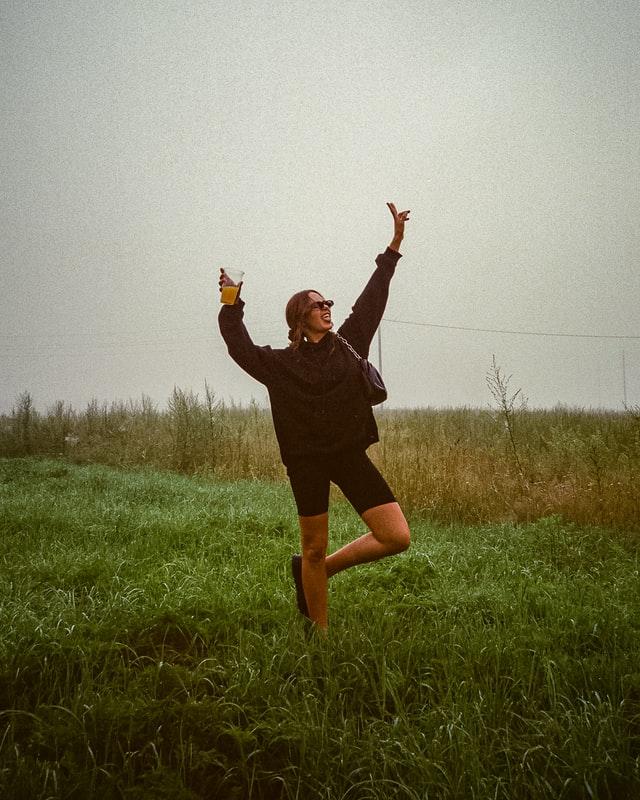What is Photographic Noise?
Photographic noise occurs when there isn’t enough light to properly expose a photo, so the photographer increases the ISO to a level that begins to show a grainy type texture.
We’ve all seen photographic noise in images before whether we’ve realized it or not. As you’ll see in examples below, noise is easily recognizable once you know what you’re looking for.
Table of Contents
What is Photographic Noise?
Generally speaking, photographers choose to avoid any photographic noise in their photos if possible. The more noise there is in a photo, the less sharp and more grainy the image will look.
Sometimes you’ll see photographers using photographic noise to deliberately create a certain look, but in most professional genres of photography noise is expected to be kept at a minimum.
There are several types of noise in photography, but they all have the same unwanted effect on photos. Professional photography is meant to be clear and crisp with excellent lighting. Noise reduces all 3 of those things.
How to Identify Photographic Noise
Once you know what you’re looking for, photographic noise is very easy to identify. In both of the images below, you will see photographic noise showing up as the grainy type texture seen throughout the images.


Photographic noise is easier to see when there is no texture or depth in the photo. That’s why it’s easiest to identify by looking at the skies in the 2 images above.
In both images, the sky looks very grainy and almost like there was some sort of small smudges on the lens. If there was an acceptable amount of noise, or better yet none, the skies would look clean and clear.
How to Avoid Noise in Photography
The best way to avoid having noise in your photos is to make sure that you are keeping your ISO as low as possible. If you either are photographing professionally or you plan to in the future, this is very important to understand.
Some cameras have much higher ISO capabilities than other cameras so it’s important for you to understand the ISO levels that your specific camera can handle. Once you know the range, make sure to keep it within the acceptable ISO range.
If you need more light in the frame, it’s always better to widened your aperture or lowered your shutter speed as much as you can before increasing your ISO. This is the best way to avoid noise.
If you’ve already widened your aperture and lowered your shutter speed as much as you can, you can always add more light to the photo by using a flash, turning on a light, or using any other source of light available.
Only increase your ISO when you have exhausted all other options.
Reasons to Want Noise in Photos
The major reason that you would want to have noise in your photo would be purely from an aesthetic point of view. If you or your client like the grainy type look, then adding some noise can help you achieve it.
However, there is a fine line to walk between having enough noise to achieve an aesthetic and having too much noise all together. Too much noise will simply make the photo look out of focus.
The right amount of noise in a photo can give it a film type look, or even that sort of dreamy feel we see in some photos. Again, the use of noise in photos is purely an aesthetic choice, but nearly all professional photography genres prefer no noise at all.
Recommendations
Once you understand what noise is and how to avoid it, you should make sure to do everything you can to keep it to a minimum. Unless you are deliberately trying to use noise for a certain look, it’s best practice to avoid it all together.
Finally, check out our Gear page if you’re interested in reading up-to-date product reviews for gear across all photography genres.
Frequently Asked Questions
What are the 3 common types of image noise?
The 3 common types of image noise are random noise, fixed pattern noise, and banding noise.
What creates excessive photographic noise?
Photographing at an ISO that is too high for your cameras capabilities will create excessive noise.
How do you reduce noise in photography?
You can reduce noise in photography by making sure that you are using a low enough ISO for your camera. Some cameras have higher ISO capabilities than others, so it’s important that you understand how high you can push your ISO before the noise becomes excessive.
How can I identify noise in an image?
Noise is very easy to identify. Look for grainy type patterns that will be easier to identify against soft parts of the image like a sky or a wall.
